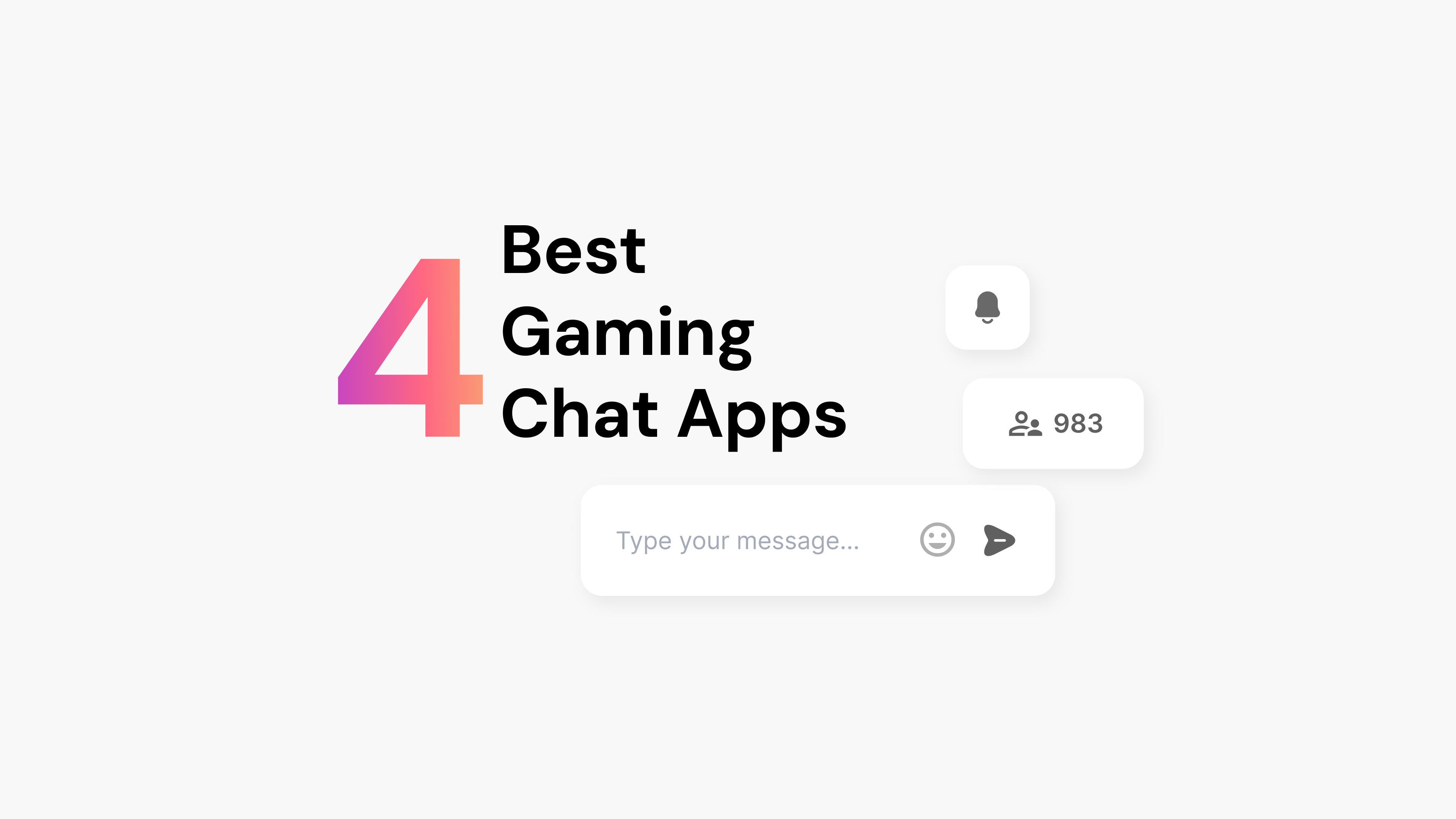A blended learning experience mixes IRL and digital education. And, with good technology tools, like Live Chat and Live Blog, a virtual learning environment can do much more.
This new way of delivering education was meant to solve problems like affordability, increased flexibility, health and safety measures, and more. The reality is quite different and some educators are struggling to make blended learning effective.
To understand what’s working and what needs to be improved, it’s essential to return to cover the basics. The first step is understanding the blending learning concept, where it came from, and how it works. Once we understand the current form of blended learning, we can look at solving the top barriers and where technology can play a role.
What Is The Blended Learning Model?
Blended learning, also known as hybrid learning, combines digital instruction with in-person learning. For example, students might start their learning path by completing online courses which deliver learning at scale. Afterward, students can seek out personalized learning with a teacher or tutor.
The precise mix of online learning methods and in-person learning will vary. If the nature of face to face instruction learning is highly applied, then meeting in a physical space regularly adds value. In other cases, an online space with recorded lessons may be a great choice.
It’s also important to highlight that a type of blended learning model may involve more than one digital platform. Teachers and students might gather together in an online community during the school day. This community experience can help to develop collaboration skills.
Blended Learning Example: Classroom Plus Khan Academy
Now, what if a teacher recommends additional practice in specific skills? One-on-one face time with a tutor or teacher is one approach to take. There are other choices as well. For example, the Khan Academy has developed a robust digital platform with an extensive library of recorded lessons.
A motivated student could study the Khan Academy math curriculum over the summer and receive instantaneous feedback on their performance. Best of all, the Khan Academy approach to training involves short lecture videos and quizzes. A student can rewatch and practice the material as often as they like.
Alternatively, schools and teachers may decide to create a complete blended learning model. For instance, a teacher may be interested in teaching creative thinking skills. Teaching these skills requires effective feedback and personalized education. A digital classroom with a virtual whiteboard might work well at the post-secondary level of education. However, younger students might struggle to make self-directed blended learning work.
In summary, blended learning usually includes a mixture of virtual and traditional learning courses. This may involve video conference technology, lecture recording technologies, online quizzes, a lab rotation, and other learning experiences to get students engaged.
The 4 Key Blended Learning Challenges
Educational research by Ruth Boelens, Bram De Wever, and Michiel Voet has highlighted four significant challenges to adopting a blended learning method.
1) How to incorporate flexibility
Delivering flexible learning in the traditional classroom is quite tricky. A significant amount of class time can be spent simply getting organized. Blended learning has the potential to enhance student learning by using digital technology to meet different learning preferences. In addition, a blended learning strategy means students can have more control over time. That’s vital because students and teachers may have peak energy at different times.
2) Supporting interaction
A blended learning program must consider the social impact of learning. For some students, a formal education program will fail. The opportunity to enjoy classroom discussion is not a frill: it is indispensable in online education. Unfortunately, some learning management systems emphasize online lessons and homework assignments at the expense of interaction.
3) Facilitating the students’ learning process
Students have different learning styles. Some like the flexibility of online learning, which includes the option to pause, rewind and go over the material multiple times. Other students need individual tutoring to make progress. Still, other students thrive with project-based learning. When designing online learning experiences, it is crucial to avoid one size fits all thinking. Instead, providing a variety of learning resources is vital.
4) Encouraging a suitable climate for learning
A blended learning approach also needs to consider the emotional state of students. If students are anxious or afraid, they will struggle to focus on the academic program. Students and teachers need to collaborate to foster a safe space for learning. That includes providing differentiated instruction when needed. In addition, it is also essential to be realistic about what educational technology can and cannot achieve. Teachers still need to use their judgment to reach out to students to offer support and listen to student concerns.
Equipping Your Virtual Classroom With The Right Technology
The right technology makes a big difference in providing responsive instruction, project-based blended learning, and other learning goals. On a daily basis, look for ways to use the following technologies. No single technology will serve as the backbone of student learning — instead, all of these tools.
Real-Time Engagement
Social interaction is a key component of what makes education engaging. Adding real-time engagement tools like Arena Live Chat and Live Blog have a key role to play. For more insight on how to use these engagement tools in education, see the tips in the next section of this post.
Online Technology For Discussions
Many e-learning platforms include discussion features including instructor-led sessions. In a hybrid education program, including a discussion forum is smart. For example, students can post questions about homework assignments and projects and the teacher can answer them. Reading these question-and-answer discussions helps everybody in the course to learn.
Video Conference Platform
Your method of teaching should include a video conferencing tool. It is especially important for language skills and other education with a social element. That said, learning sessions should not exclusively rely on video. Some students may not feel comfortable using video conferencing for long periods of time.
Support For Self-Paced Learning
A common challenge in education is the varying levels of interest and motivation for students. Some students are passionate about certain education courses and want to move them quickly. Other students need more instructor time to learn the material. Your educational technology should support these individualized learning needs.
Integration With Offline Lessons
When your students come into the classroom environment, there should be a seamless connection to their virtual learning activities. Expertise in technology helps to achieve this result. It will likely take some experimentation over time to determine the best ways to balance offline and online learning experiences for your students.
Six Ways To Support Students With Live Chat and Live Blog
A growing number of educators are discovering the power of using real-time engagement tools to support their students. Arena’s education solutions are here to help you increase graduation rates and support your students.
Tips To Use Live Chat In Blended Learning
In a few minutes, you can install Arena Live Chat on your website. Use these tips to engage your students more deeply.
1. Set Ground Rules For Chat
Depending on their age and experience, your students may have experienced using other chat services in the past. To foster a safe place, it’s important to set clear rules for your classroom’s chat experience. Start by referring to your school’s values such as respect and curiosity.
2. Ask For An Assistant
When you have a large number of students using live chat, it can be difficult to keep track of the discussion. Invite one of your students or a teaching assistant to act as an assistant for the duration of the chat session. With Arena Live Chat, it’s really easy to make your staff help you during the class, with different roles and permissions.
3. Follow Up On Questions After Class
Unlike a traditional physical classroom, you can download a transcript from your live chat session. Exporting chat logs and reports to a CSV file will give teachers and instructors the ability to look at trends and/or revisit specific points.
A valuable tip: spend a few minutes reviewing the transcript after class to look for any questions you didn’t have time to address. In your next class, whether it is online instruction or in the physical classroom, start off by addressing these questions.
Tips To Use Live Blog In Blended Learning
A live blog is a bit different from other communication technologies. Your students may not be familiar with this technology. You may need to offer a training program to faculty and students to help them learn their way around how and why to use the live blog. To get you started, use the following live blog tips.
4. Look For School Events To Celebrate
Many schools have events throughout the year including athletic competitions, awards ceremonies, and more. Running a live blog during a school event is a great way to mark the event. Also, an event live blog makes it easier for students and families to hear about the event if they are unable to attend in person.
5. Support Your Student Journalists
Does your school have a newspaper or other outlet? If so, adding a live blog to your media outlet is smart. Many journalists and news organizations use live blogs to cover events like wars, elections, conferences, and more. Give your students experience in how to use a live blog to cover an event.
6. Enhance Conferences
High school and college students may travel to events like math and science competitions, Model United Nations, and more. A live blog is an exciting way to add authenticity and depth to these events. For example, you could have a team of three live blog writers and have them interview conference participants.
How To Bring Live Chat And Live Blog Technology To Your School
Getting started with Live Blog and Live Chat technology is easy. Find out more about Arena’s education solutions.



